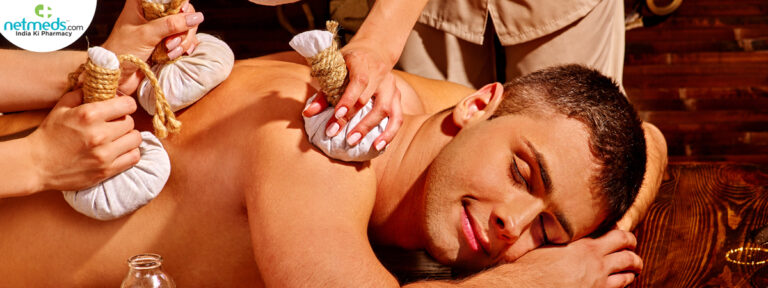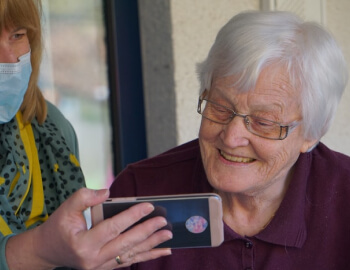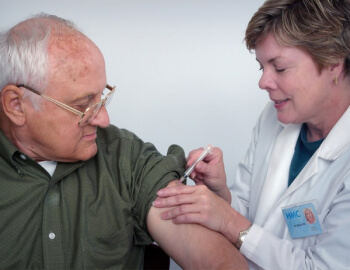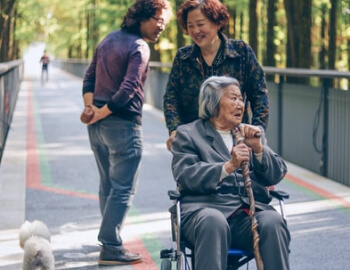- AP, TG & KL
- +91 83095 00238
Departments and Treatments


Pain Management
Ayurvedic Psychiatry
Sinusitis & Migraine
Spine and Ortho
Gynaecology
Dermatology
In Fertility
Gastro
Wound Management
Varicose Veins
Sexology
Cardio Vascular
Pediatrics
Ano- Rectal
Psychiatry and Child Psychiatry
Psychiatric

OUR TREATMENTS

Marma
Marma points are vital energy points in the body recognized in both Ayurveda and traditional martial arts like Kalaripayattu. The term “Marma” originates from the Sanskrit word “Mri” which means death. These points are considered vital because they are believed to be junctions of flesh, veins, arteries, tendons, bones, and joints, as well as vital energy (prana) channels.
In Ayurveda, Marma points are seen as intersections of the body’s energy pathways (Nadis) where life force (prana) flows. Stimulating these points is believed to influence the flow of prana and can have profound effects on both physical and mental health. Marma therapy is a therapeutic technique that involves gently massaging or applying pressure to these points to promote healing, balance doshas, and support overall well-being.
There are 107 major Marma points distributed throughout the body, each with its own unique characteristics and effects. Some Marma points coincide with traditional acupuncture points, but they are not identical. Marma therapy is often used as part of Ayurvedic treatments to address various health concerns, including pain relief, stress reduction, improved circulation, and balancing the doshas.
Marma points are also integral to Ayurvedic diagnosis and treatment. Practitioners may assess the condition of Marma points to determine imbalances in the doshas and identify areas of blockage or stagnation in the flow of prana. By stimulating these points through massage, pressure, or other therapeutic techniques, Ayurvedic practitioners aim to restore balance and promote the body’s innate healing ability.
It’s important to note that Marma therapy should be performed by trained and experienced practitioners to ensure safety and effectiveness. Additionally, Marma therapy is often personalized based on individual constitution (prakriti), current health status, and specific health concerns. As with any therapeutic intervention, it’s advisable to consult with a qualified Ayurvedic practitioner before undergoing Marma therapy, especially if you have underlying health conditions or concerns.

Panchakarma
Panchakarma is a cornerstone therapeutic procedure in Ayurveda, designed to detoxify, rejuvenate, and restore balance in the body. The term “Panchakarma” translates to “five actions” or “five treatments,” referring to the series of cleansing and purification therapies that are part of this Ayurvedic detoxification process. Panchakarma is typically recommended for individuals seeking to address chronic health issues, rebalance their doshas (Vata, Pitta, and Kapha), or simply maintain optimal health and wellness.
Here are the five primary therapies that make up Panchakarma:
Vamana (Therapeutic Emesis): Vamana involves the controlled induction of vomiting to expel accumulated Kapha dosha from the body. It is primarily indicated for conditions related to excess Kapha, such as asthma, allergies, sinus congestion, and obesity. Before undergoing Vamana, the individual undergoes preparatory measures to liquefy and mobilize toxins in the body.
Virechana (Therapeutic Purgation): Virechana is the process of inducing controlled bowel movements to eliminate excess Pitta and toxins from the body. It is particularly beneficial for conditions such as skin disorders, liver disorders, digestive issues, and inflammatory conditions. Like Vamana, Virechana is preceded by preparatory therapies to loosen and mobilize toxins in the body.
Basti (Medicated Enema): Basti involves the administration of medicated enemas to cleanse the colon and balance the Vata dosha. It is considered one of the most important therapies in Panchakarma, as it nourishes the tissues, promotes elimination of toxins, and supports overall rejuvenation. Basti is indicated for a wide range of conditions, including digestive disorders, neurological disorders, chronic constipation, and joint issues.
Nasya (Nasal Administration): Nasya involves the administration of medicated oils or herbal preparations into the nasal passages to cleanse the sinuses, improve respiratory function, and balance the doshas. It is particularly beneficial for conditions affecting the head and neck region, such as sinusitis, headaches, allergies, and neurological disorders such as paralysis etc.
At SRIAM Panchakarma is typically conducted under the guidance of experienced Ayurvedic practitioners. The treatments are customized based on individual needs, including their constitution (prakriti), current health status, and specific health concerns. Following Panchakarma, individuals are usually advised to follow a supportive diet and lifestyle regimen to maintain the benefits of the treatment and prevent the reaccumulation of toxins.

Cupping
Cupping therapy, in Ayurveda, is a traditional healing practice that involves creating suction on the skin using cups to stimulate blood flow, relieve muscle tension, and promote detoxification.
At SRIAM, cupping therapy is primarily used to balance the doshas (Vata, Pitta, and Kapha) and treat various health conditions. The therapy is believed to draw out toxins (ama) from the body, improve circulation, and restore energy flow (prana) to promote healing. Expert Ayurvedic practitioners has hands on practice in preparation of cups, application of cups, duration of treatments, removal of cups followed by post treatment care.

Accupuncture
Acupuncture, on the other hand, is a key component of Traditional Chinese Medicine (TCM), which originated in China thousands of years ago. It involves the insertion of thin needles into specific points on the body to stimulate energy flow (Qi) along meridians or energy channels.
While Ayurveda and TCM share some similarities in their holistic approach to health and wellness, including the belief in the interconnectedness of body, mind, and spirit, they have distinct philosophies, diagnostic methods, and treatment modalities. Ayurveda focuses on balancing the three doshas (Vata, Pitta, and Kapha) and removing toxins (ama) from the body to maintain health, while TCM focuses on balancing Yin and Yang energies and promoting the smooth flow of Qi.
That said, some individuals may choose to combine Ayurvedic principles with acupuncture or other complementary therapies to address their health concerns holistically. If you’re interested in exploring such integrative approaches, it’s essential to work with qualified practitioners who are trained and experienced in both Ayurveda and acupuncture to ensure safe and effective treatment.

Leech Therapy
Leech therapy, known as “Jalaukaavacharana” in Ayurveda, is a traditional healing practice that involves the application of medicinal leeches to the body to promote detoxification, improve circulation, and alleviate various health issues. Leech therapy in Ayurveda is often used to treat conditions such as inflammatory joint disorders (like arthritis), skin diseases, varicose veins, and circulatory disorders. At SRIAM patient undergoes leech therapy under qualified Ayurvedic practitioners only.
© 2025 Sriam Ayurvedic Hospitals. Created with ❤ using WordPress and Kubio